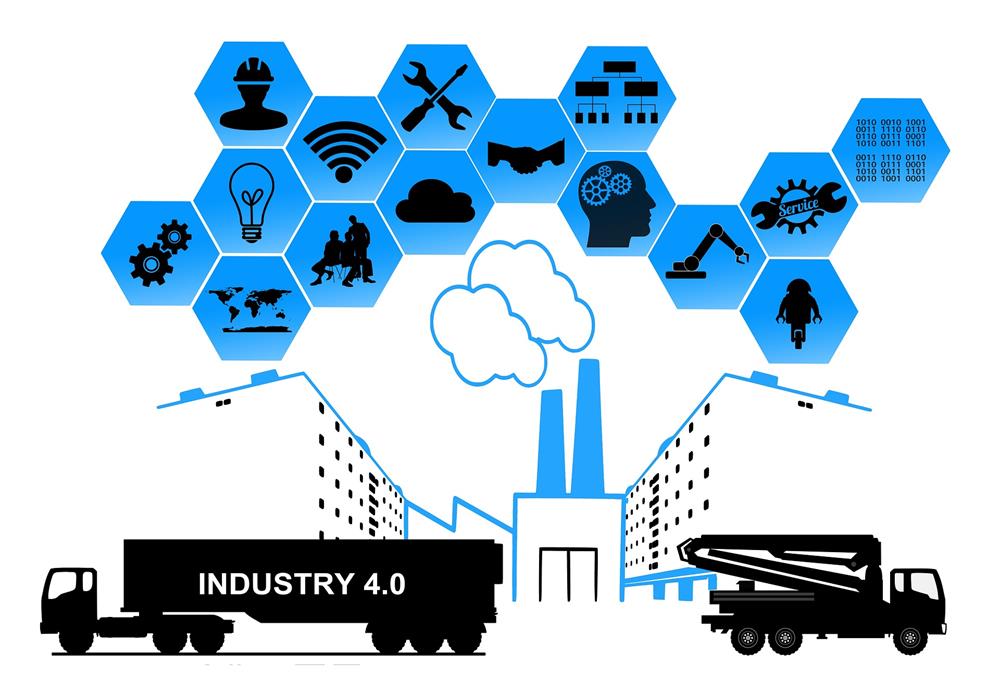- Home
- Business Processes
- Industry Knowledge
- Aerospace Industry
- Automotive Industry
- Banking Domain
- BFSI Industry
- Consumer/ FMCG Industry
- Chemicals Industry
- Engineering & Construction
- Energy Industry
- Education Domain
- Finance Domain
- Hospitality Domain
- Healthcare Industry
- Insurance Domain
- Retail Industry
- Travel and Tourism Domain
- Telecom Industry
- Leadership Skills
- eLearning
- Home
- Functional
- Order to Cash
- Warehouse Management
Warehouse Management
Warehouse management and distribution logistics involve the physical warehouse where products are stored, as well as the receipt and movement of goods takes place. Warehouse management aims to control the storage and movement of products and materials within a warehouse. These operations include the receipting of inwards goods, tracking, stacking and stock movement through the warehouse.
Warehouse management and distribution logistics involve the physical warehouse where products are stored, as well as the receipt and movement of goods takes place. Warehouse management aims to control the storage and movement of products and materials within a warehouse. These operations include the receipting of inwards goods, tracking, stacking and stock movement through the warehouse. Warehouse management is also responsible for ensuring shelving or pallet racking is in place to secure the stock, maintaining the quality of goods while in storage and until they are shipped out of the warehouse. The warehouse is the core of inventory management where all goods are received, sent to stores or shipped out and delivered to customers. Warehouse management isn’t so much about space as it is how to effectively use that space.
Warehouse Management Costs
All companies with warehouses incur cost that would depend on various components like order volume, storage time and fulfillment type. However, it’s good to know what are common warehousing costs so that you know how to budget for warehouse services. Generally warehouses expenses include costs incurred on handling and moving product in or out of the warehouse, costs associated with the equipment used to handle product, cost of fuel or electricity to power the equipment, rent and storage expenses, costs on operations administration and administrative expenses.
Given below is a snapshot of various cost components that you will often see in warehousing operations:
- Employment (wages, benefits, compensation, training etc.)
- Storage (rent, depreciation, interest, local taxes etc.)
- Material handling (fork lift trucks, pallets, packaging etc.)
- Utilities (electricity, heat etc.)
- Communication (Internet, telephone systems etc.)
- Administration (management, insurance, security etc.)
Warehouse Management Systems
Knowing how much inventory you need is important, but equally important is knowing where that inventory is. The system or software application that manages these operations is known as a warehouse management system (WMS). WMS programs allow for centralized management of warehouse management processes, such as inventory tracking and stock locations. A warehouse execution system (WES) coordinates all of the processes that take place inside a warehouse or distribution center, including material handling equipment, devices, inventory management, and employees. A warehouse management system (WMS) controls, manages, and regulates the movement of goods within a warehouse or distribution center. Typical features of a WMS include inventory management, picking and putaway, order visibility, and fulfillment.
Current warehouse operations can be so complex in a multi-divisional organization operating through multiple channels, that they require a dedicated team to run them. All warehousing aspects must be streamlined to ensure that customers get their orders on time. The key to successfully managing multiple warehouses is to get a good understanding of the warehousing concepts and modern best practices. This will help you to identify challenges in warehousing operations for your business and develop strategies to overcome them.
Related Links
You May Also Like
-
Business Case of Multiple Warehouses
Adding extra warehouses to business provides many benefits such as reducing shipping costs, increasing storage capacity, and having warehouses for specific purposes to simplify overall warehouse management. Multiple warehouses allow you to organize your inventory in a way that helps your business be more effective.
-
In the normal course of business, customers are likely to return orders from time to time due to various reasons and business should design processes the manage and accept such returns. A well designed returns management process can reduce costs and issues associated with returns or exchanges.
-
Warehouse management and distribution logistics involve the physical warehouse where products are stored, as well as the receipt and movement of goods takes place. Warehouse management aims to control the storage and movement of products and materials within a warehouse. These operations include the receipting of inwards goods, tracking, stacking and stock movement through the warehouse.
-
Transport operations are often divided into full load and part load and due to economies of scale, the unit costs are higher for part loads. Our customer needs several part loads delivering, so it can reduce costs by consolidating these into full loads. Then it gets all the part loads delivered to a warehouse near the suppliers, consolidates them into full loads, and pays the lower costs of full-load transport to its operations.
-
Before shipping, businesses need to make sure that the items will arrive in good condition. Packaging is a form of protection against environmental threats that the product will face from the time it leaves warehouse facility until the time it reached the customer. The packaging is intended to provide protection for the item as it is being handled in the warehouse or when the item is being shipped.
-
Resource Planning is the process of planning for expected workload and determining the number of resources required to complete each activity in the warehouse. There are many types of warehouse positions, and they also vary by the employer, the scale of operations and location. Discussed here are generic positions applicable to warehouse management processes.
-
Types of Inventory Count Processes
While dealing with lots of inventory in a warehouse, lots of things can go wrong. Shipments may not have the right number of units in them, or they could get damaged somewhere along the supply chain. Discrepancies in the stock may arise as part of every inventory control, and need to be corrected immediately after the inventory control procedure has been finished.
-
Miscellaneous Warehouse Processes
At the end of each inventory control, the Contractor provides the Ordering Person with an inventory report which contains a list of all stock adjustments. The Ordering Person uses the report to create, by use of his/her own means, necessary value and accounting adjustments related to the stock. Let us look at some to the mislaneous warehouse processes not covered earlier.
-
One of the warehousing best practices that retailers like Walmart, Amazon, and Target have adopted is known as cross-docking. During this process the inbound products are unloaded at a distribution center and then sorted by destination, and eventually reloaded onto outbound trucks. In real parlance, the goods are not at all warehoused but just moved across the dock (hence the name).
-
Types of Order Picking Methods in the Warehouse
There are many different types of picking in a warehouse and each one works as a customized solution for each business. Depending on the size of your warehouse and inventory, the manpower you have on hand, and the number of customer orders made each day, there may be certain methods that are more efficient for you than others.
Explore Our Free Training Articles or
Sign Up to Start With Our eLearning Courses

About Us
Learning
© 2023 TechnoFunc, All Rights Reserved










